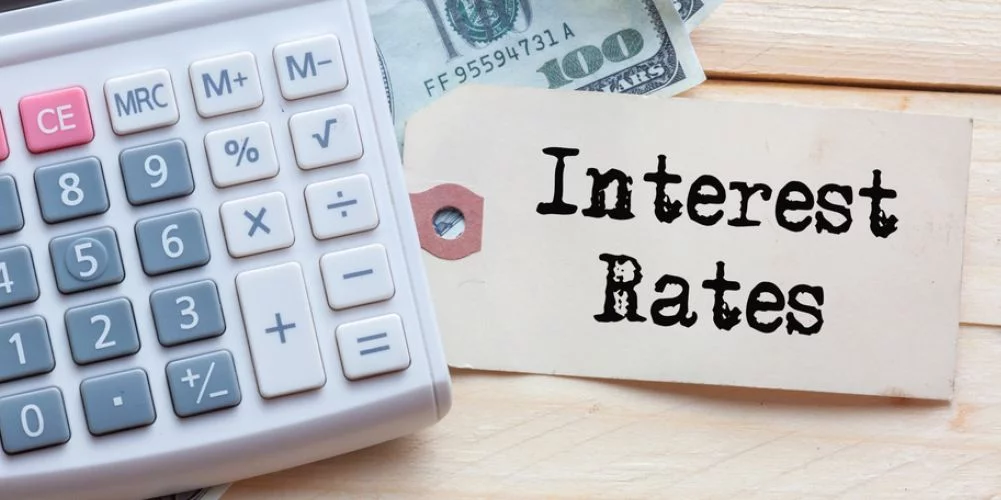One of the essential elements that every business needs to successfully run its operations is funding. Many of us have brilliant ideas that, if put into practice, may result in the establishment of new and successful commercial empires. The only thing preventing the ideas from becoming a reality, though, is a lack of funding. Now numerous conventional and non-traditional lenders offer business loans. Business loans are fast becoming the most efficient way for a business to grow and expand. It can help you to fund new research and development, expand into the new business, improve sales and marketing initiatives, fund new employee hiring, and much more.
How to Get a Business Loan?
The most popular way to borrow money is through a loan from a bank or other financial organization. Getting a loan these days is more difficult than it formerly was. The banking industry has put restrictions on lending to businesses as a result of the recent financial and economic crises. Let’s see how to get a business loan in different steps:
1. Determine why you need business loan:
The first thing to getting a business loan is to determine why you need business loan. You should take some time to determine why you require funds because this will help you to select the right lender and loan type. Some business owners need working capital for a wide range of purposes, such as to start a business, buy a business, day-to-day working capital, cover cash flow gap, refinance your current debt grow your business, and purchase a certain piece of equipment.
2. Evaluate How much money you need:

The next step is to evaluate how much of a loan you actually need. You must create a list of your financial need in order to figure out which are the aspects you need to spend and how much money you require for your business. To determine the ideal loan amount for your business, you must to do a little research that helps you to estimate the quantity of loans you will need to cover the charges of your business.
3. Should Have a Strong Business Plan:

When you are applying for a business loan, you should have a strong business plan. The reason is that many banks want you to have a solid financial plan outlining that details your business’s requirements in order to qualify for a loan. It provides an overview of who you are and what your business does. A business plan should be able to outline the objectives of the business as well as its goals and operating methodology. Keep in mind that a strong business plan indicates to the lender that the business has a good chance of succeeding.
4. Visit Your Local SCORE and SBDC Offices:

If your business is relatively new, you should look into visiting the SCORE and SBDC offices in your area. there are a number of Small Business Development Centers (SBDC) and SCORE that offer discreet advice throughout the country. SCORE is a group of retired business executives who can provide one-on-one guidance to business owners. The Small Business Administration (SBDC) is a resource for small enterprises. Both organizations can help you with the application process for a business loan and may also answer any questions you may have.
5. Review the Loan categories:
The next step is to figure out which type of loan you need for your business. There are many different loan choices available nowadays. You need to be aware of the many kinds of loans before you start looking for a lender and submitting an application. Many loans are created for particular types of businesses or financial circumstances. Consider the following business loan categories:
- Bank Loan: The most common sort of small business loan is a bank loan, where a business requests for a loan through a bank.
- SBA loan: The Small Business Administration (SBA) supports loans with a partial guarantee or line of credit. SBA 7(a) loan is good for working capital, equipment, real estate, renovation, and refinancing. While SBA microloan is suitable for starting a new business.
- Term Loan: Long-term and short-term loans that you repay with interest over a certain period of time are referred to as term loans. Short-Term Loan: The whole amount that is repaid over a short period of time with interest is called a short-term loan. Long-term Loan: the large sums repaid with low-interest rates over a long period of time known as long-term loan.
- Disaster loans: The loan is suitable for those businesses who are having trouble because of declared catastrophes like natural disasters, or COVID-19.
- Microloans: A microloan is financial assistance for small-scale businesses.
6. Determine the Interest rate for a Business Loan:

Before applying for a business loan, you should determine the terms of the interest rate for a business loan. When you borrow money from a lender, they will charge you interest, which is expressed as a percentage of the amount borrowed. The total interest you pay on a business loan is calculated by multiplying the total loan amount by the interest rate. You will repay the loan amount and interest over the term of your loan. The interest rate of a business loan depends on your business needs, there are different types of business loans and each type has varying ranges of interest rates. You can choose them according to your business needs.
7. Keep Proper Financial Records:
You should have a proper financial statement to apply for a business loan. When you have accurate financial statements, getting a business loan from a bank becomes easy because banks always want to check into your income, cash flow, and balance sheet to see whether you have the ability to pay back the loan or not. That’s why you should keep a proper financial record because it is an important document if you ever need to apply for a loan.
8. Review Your Credit Scores and History:

Banks also look at your credit history and score as part of the loan procedure. Additionally, banks frequently review both personal and company credit data. It is good to check out your credit history and score before applying for any type of loan business loan. You can check the accurate status of your credit situation through bank and credit card company or company records. Then you need to review your credit reports and credit scores after receiving them.
A personal credit score of 700 and above (300 to 850 range) is generally considered excellent. However, many lenders demand a minimum score of 680. A business credit score of 75 or above (0 to 100 range) is typically good. The stronger your credit score and credit history, the more likely you are to get approved for a loan.
9. Show Assets for Collateral:
Every lender needs a guarantee before providing a business loan. Loans for businesses can be secured or unsecured. A secured loan requires business collateral, such as property or equipment that the lender can seize if you don’t pay back the loan. Putting up collateral might improve your borrowing capacity and lower your interest rate. Even for unsecured loans, a personal guarantee may be required by the lender. In the event that your company is unable to repay the debt, you will be responsible for doing so personally. In addition, if you default, a lender may be able to seize your home or vehicle.
10. Determine All Types of Lender Options:
You have many lender options when it comes to getting a small business loan. You are not restricted to getting loans from large national banks. You can also get a loan from small lenders. You can choose a lender according to the type of loan you desire. Before choosing a lender do research and consider factors such as interest rates and the total cost of borrowing. Here are a few different types of lenders you can choose from:
- Banks
- Credit unions
- Nonprofit lenders
- Online lenders
- Microlenders
11. Prepare Necessary Documents:

When you have decided which lender you want to work with then you need to find out what documents are necessary for a business loan the lender needs. Each lender has its own eligibility criteria and requirements. So, ask your prospective lender what precise information you need to collect. Generally, you might have to give the following details:
- Business plan
- Financial statements
- Business banking account
- Bank statements
- Business license and permits
- Identification
- Other business documents like incorporated articles
- Business tax returns
If your business is new, you might not yet have all of the aforementioned information. Find out what information is required and what accounts you need to open before submitting an application for a loan.
12. Complete your application:

When you have collected all the documents you need, the next step is to formally apply for the loan and submit your application. First, you need to set up a meeting with a lender to begin the process of applying for a business loan, then you can be able to apply online or over the phone, depending on your lender. However, most lenders demand that you personally complete a paper application and make sure you have your documentation on hand. Your application will undergo underwriting with the lender. Your information such as your income, debt, and credit history are verified as part of the underwriting process before the loan is approved.
13. Submit a Business Loan application:

After completing your application form, now it’s time to submit your business loan application. You must be a waiting for short time after submitting your business loan application. It depends on whether you apply for a smaller loan or a larger one. You may have to wait a while to hear from the lender about their decision.


